10 Thought-Provoking Classic Short Stories by Women Authors
By Nava Atlas | On October 10, 2018 | Updated July 27, 2020 | Comments (0)
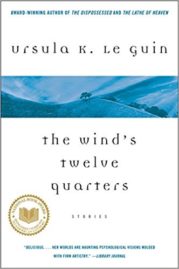
A short story is a fantastic way to get a sense of an author’s voice. Here are ten thought-provoking classic short stories by women authors. You’ll be able to read some of them (those in the public domain) right here on this site; others are part of these authors’ short story collections.
In some ways, it can be more challenging to create a compelling narrative in a short form than within the span of a novel. Building suspense and getting the reader to care about the characters are true marks of craftsmanship.
Sometimes there’s a fine line between when a short story shades into a novella, as is the case with The Yellow Wallpaper by Charlotte Perkins Gilman, but we’ve got that covered as well. Make sure to explore our recommendations for Must-Read Novellas by Classic Women Authors.
“The Giant Wistaria” by Charlotte Perkins Gilman (1891)
In Jillian McKeown’s analysis of “The Giant Wistaria” (1891), she introduces this chilling short ghost story by classic feminist author Charlotte Perkins Gilman:
It’s shocking once you’ve finished “The Giant Wistaria” to realize that it was published in 1891, when it seems as if it were written not so long ago. The story takes place during two time periods, the 1700s and the 1800s.
The former century begins with an English family and we’re dropped into the middle of the most scandalous of family dramas — their daughter has just given birth out of wedlock, and the parents are fleeing to England to escape any disgrace to their family name. Read the full text of “The Giant Wistaria” here.
. . . . . . . . . .
“Désirée’s Baby” by Kate Chopin (1893)
“Désirée’s Baby” is an 1893 short story by Kate Chopin. This American author, now a fixture in feminist studies, is best known for the classic novella The Awakening. In this brief short story, she explores the hypocrisy, racism, and sexism in upper-crust Creole Louisiana.
“Désirée’s Baby” weaves in themes that would come to define her works, including women’s struggle for equality, suppressed emotion, and the vagaries of identity.
First published in the January 1893 issue of Vogue magazine as “The Father of Désirée’s Baby,” it was included in Bayou Folk, a short story collection by Chopin published the following year. You can read the full text of the story here.
. . . . . . . . . .
“Paul’s Case: A Study in Temperament” by Willa Cather (1905)
“Paul’s Case: A Study in Temperament” is a short story by Willa Cather, first published in McClure’s Magazine in 1905. An analysis of “Paul’s Case” by Sarah Wyman on this site begins:
You probably know someone who reminds you of Paul, someone who does not seem to fit in with others in society. Paul’s mannerisms are tense and nervous. He appears antisocial with his classmates, confrontational with his teachers, and emotionally estranged from his family. Read the full text of “Paul’s Case” here.
. . . . . . . . . .
“Bliss” by Katherine Mansfield (1918)
“Bliss”(1918) is a short story by Katherine Mansfield (1888 – 1923), the New Zealand-born British author recognized for revolutionizing the modern English short story form. Bliss is one of the works that put her on the literary map. Bertha Young, the main character, is a happy yet somewhat naïve young wife. The story takes place during a dinner party she hosts with her husband Harry.
One of the story’s themes is the classic one self-knowledge. But it was more of a rarity to explore queer themes in early twentieth-century literature. Read the full text of “Bliss” here.
. . . . . . . . . .
“Sweat” by Zora Neale Hurston (1926)
In the introduction to his analysis of “Sweat” by Zora Neale Hurston, Jason Horn states that the scope of this brief piece reaches farther than most novels.
Within this small space, Hurston addresses a number of themes, such as the trials of femininity, which she explores with compelling and efficient symbolism. It is nuanced and eloquently compact as Hurston maximizes each word, object, character, and plot point to create an impassioned and enlightening narrative.
This is woven together with an ecocritical/ecofeminist perspective that links the feminine realm with the natural realm, which is then contrasted with the human realm.
. . . . . . . . . .
“Flowering Judas” by Katherine Anne Porter (1930)
Sarah Wyman’s analysis of “Flowering Judas” by Katherine Anne Porter begins: Taking a cue from Judas who revealed Christ’s identity to his persecutors with a kiss, “Flowering Judas” revolves around the theme of betrayal. Laura, an adventurous young woman from the southwest U.S. has an identity crisis, questioning her own values and her involvement in the Mexican revolution of 1910 – 1920.
Characteristic of Porter’s heroines, Laura is one for whom personal choices have serious political implications. Her inauthentic denial of self and her complicity in another character’s death lead her to rethink her own status as savior or betrayer.
. . . . . . . . . .
“Tell Me a Riddle” by Tillie Olsen (1961)
Tell Me a Riddle, a collection of four short stories by Tillie Olsen was published after a long gap in this American writer’s oeuvre. The book opens with “I Stand Here Ironing,” a first-person, autobiographical narrative of the frustration of motherhood, isolation, and poverty.
The last piece in the collection, “Tell Me a Riddle,” is arguably Olsen’s best-known work. It’s the story of a working-class couple that also poignantly explores the author’s favored themes of poverty and gender.
The slender short story received much critical acclaim. “Tell Me a Riddle” was adapted into a 1980 movie starring Melvyn Douglas and Lila Kedrova. It’s part of the aforementioned short story collection and other collections of Olsen’s short works.
“The Lottery” by Shirley Jackson (1949)
“The Lottery” is Shirley Jackson‘s best-known short story; it could be argued that it’s her most iconic classic — even more so than The Haunting of Hill House or We Have Always Lived in the Castle. Before it was published as part of a book, The New Yorker ran it as a stand-alone short story.
The story of a fictional small town that engages in a ghastly annual ritual won rave reviews from editors and critics; not so much from readers. It was the most controversial story ever published by the magazine.
Readers not only canceled subscriptions but sent hate mail to the author. Here’s an original 1949 review of “The Lottery.”
. . . . . . . . . .
“A Good Man is Hard to Find” by Flannery O’Connor (1953)
“A Good Man is Hard to Find” by Flannery O’Connor is one of the best-known short works by this author of modern Southern gothic. Jillian McKeown begins her analysis of the story:
I knew very little about Flannery O’Connor when this collection of short stories was recommended to me. I knew that O’Connor was Irish Catholic, and that the stories were written in the mid-20th century.
Needless to say, as I finished the first story, which is also the namesake for my particular edition, I was completely taken aback. “The person who suggested that I read this should have warned me!” I thought. Like so many of the other stories in this article, it’s thrilling to read a gem so subversive that it still shocks nearly 70 years later.
. . . . . . . . . .
“The Ones Who Walk Away from Omelas” by Ursula Le Guin (1973)
Once again, our short story expert Sarah Wyman shares an insightful analysis, this time of “The Ones Who Walk Away from Omelas” by Ursula K. Le Guin: The story presents us with a utopia that turns out to include an imperfect, even nightmarish dystopia.
The tension between these two heaven-and-hell extremes could be summed up in a pull between the impulse to leave in the title and the joyous arrival of the festival that sets the stage.
A carefree community that seems pleasing and just, turns out to be structured on injustice and ultimately untenable for some of its citizens. Le Guin considers the story an allegory of U.S. culture at the time of the Vietnam War.
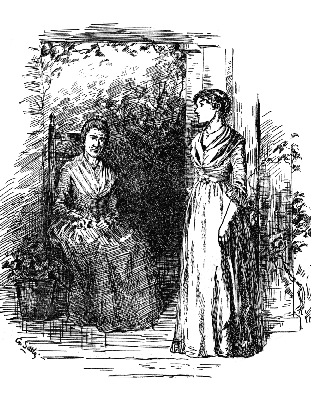


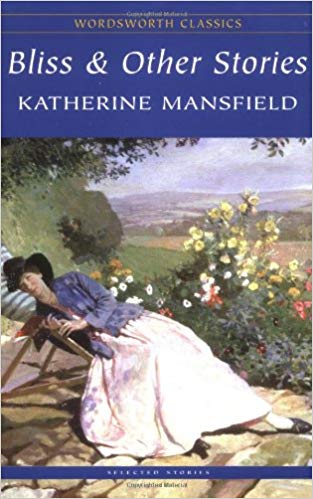
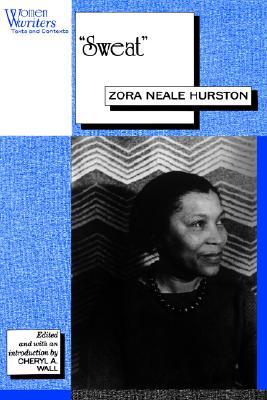

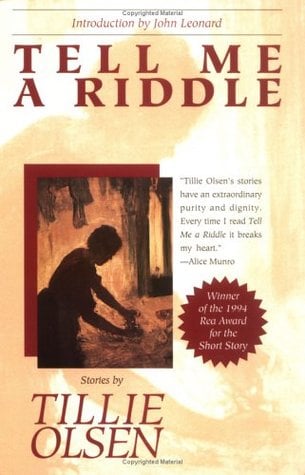


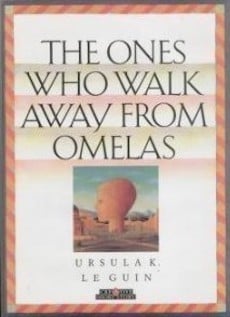
Leave a Reply